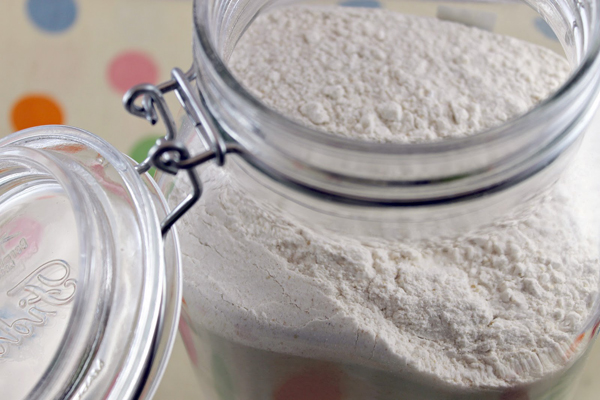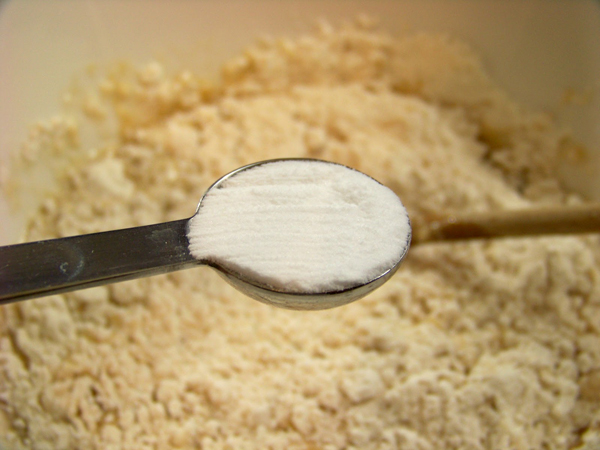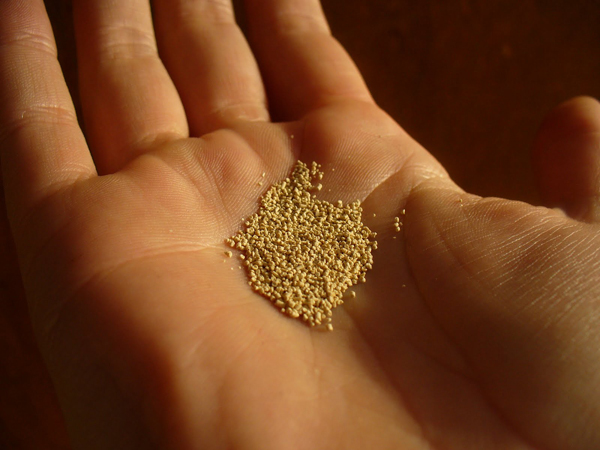Distinguishing and Using Baking Powder, Baking Soda, and Yeast
1. Baking Powder
Baking powder is a dry mixture consisting of Bicarbonate Soda, a small amount of starch to keep the other ingredients dry, and one or several acids to generate Carbon Dioxide gas for leavening in baked goods. Almost all baking powders used today are double-acting baking powders, meaning one acid reacts at room temperature when the liquid is added and another acid reacts when heated.
Baking powder will lose quality over time, so it needs to be stored in a sealed bag or container in a dry, cool place. To test if baking powder is still good, you can mix ½ teaspoon of baking powder with about 50ml of hot water. If you see bubbles and hear a sizzling sound, it means the baking powder is still good.

When baking, many people believe that increasing the amount of baking powder will result in more rising. This is completely wrong. Using too much baking powder will result in a dense and coarse finished product, along with a very unpleasant taste. On the other hand, if you use too little baking powder, the baked goods will not rise fully and will be less fluffy.
If you increase the amount of eggs in a recipe, reduce ½ teaspoon of baking powder for each additional egg, and vice versa.
2. Baking Soda
Also known as Bicarbonate of Soda, baking soda is used in baking recipes to make the baked goods more fluffy, and in cooking it is used with a very small amount to tenderize meat faster. Baking soda is also a very effective odor neutralizer. When you open a box of baking soda in the refrigerator, it will absorb all the odors. Dissolving baking soda with warm water, you have a very effective cleaning solution for the inside of the refrigerator. It can also be used as an emergency toothpaste.

In some old cookbooks, you may see instructions to add baking soda to broth or boiling water to keep the colors of vegetables vibrant. However, this is completely not recommended as baking soda will destroy vitamins and give a bitter taste. To keep the color and vitamins in vegetables, it is best to add a little salt to the boiling water and cook with high heat.
3. Yeast

Keep yeast in a dry, cool place such as a pantry or refrigerator. Exposure to air, heat, or humidity will reduce the activity of the yeast. After opening, store yeast in a sealed bag and use within 3 – 4 months.
The post https://meo.tips/tips/distinguishing-and-using-baking-powder-baking-soda-and-yeast/ appeared first on Meo.tips.
View more from Meo.tips:
How to Achieve Delicious and Attractive Moon Cakes Using the Right FlourRevealed: The Amazing Trick to Cut Your Cooking Time in Half
Tips for Preparing and Storing Rice During Hot Weather
“Create Quick, Nutritious Meals in the Microwave”
Unlocking the Simple Solution to Combatting Odors of All Types of Meat
Discover How To Optimize Your Energy Usage During Cooking
How to Select Good Avocados
Tips on Selecting Healthy Cooking Oil and Safe Ways to Cook with It
Discovering Unusual Ways to Utilize Salt
Limiting Leftovers: Tips and Strategies
7 Life Lessons to Prepare You for Middle Age
How to Create a Luxurious Dining Experience at Home
Tips for Avoiding Mold Growth in Your Home
What Is the Maximum Noise Level Humans Can Hear?
Discover the Significance of White, Red and Black Roses on Valentine’s Day
How to Properly Take Care of Oily Facial Skin: 7 Reasons Why it is Oily
Do You Need to Refrigerate Your Lotions, Masks, Toners, and Cosmetics?
Getting the Most Accurate Results from Reading a Mercury Thermometer
8 Tips for Caring for Oily Hair in the Summer
Unveiling the Secrets to Making 2020’s Hottest Christmas Tree Photo Pose
Comments
Post a Comment